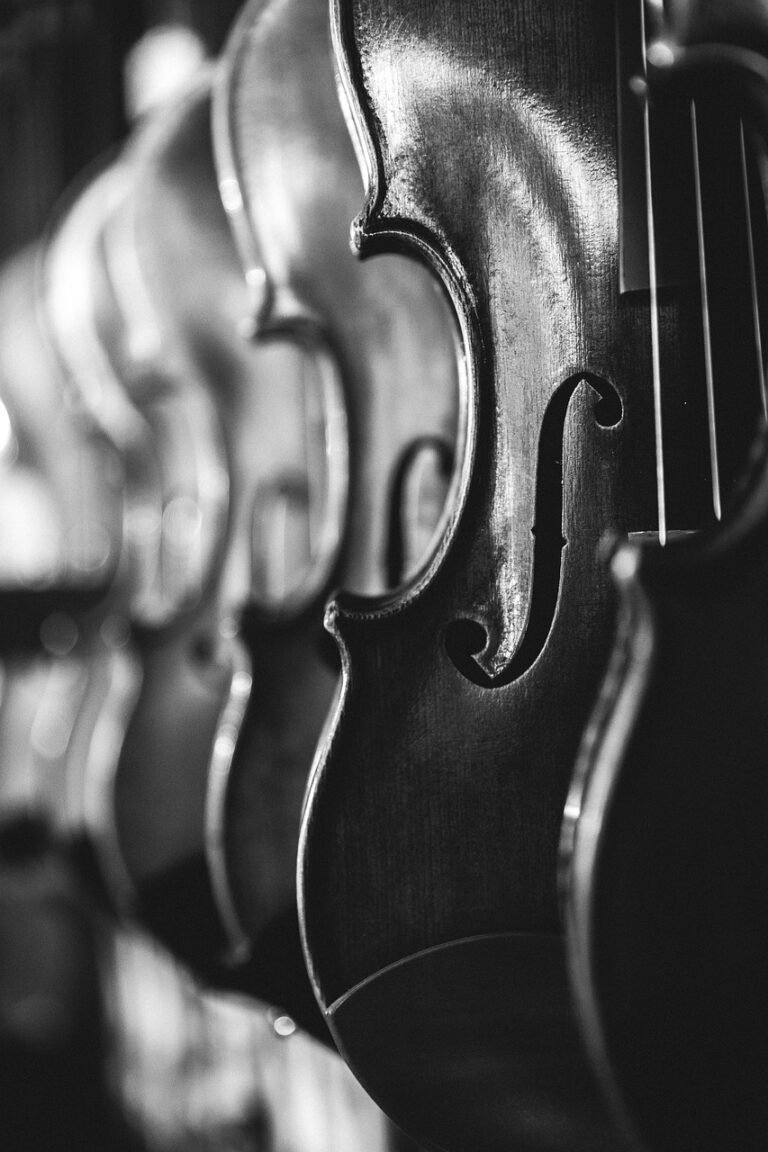
The Therapeutic Symphony: How Ambient Music Transforms the Operating Room Experience
The sterile, high-stakes environment of the operating room might seem like an unlikely venue for musical intervention, yet a growing body of research reveals that ambient music is becoming an essential therapeutic tool in surgical settings. Far from being mere background accompaniment, carefully curated soundscapes are fundamentally transforming patient outcomes, surgical performance, and the overall healthcare experience.
The Science of Surgical Soundscapes
Operating rooms typically register noise levels between 45-72 decibels, often exceeding World Health Organization guidelines that recommend hospital background noise should not surpass 30-35 decibels. This cacophony includes equipment alarms, staff conversations, and the clatter of surgical instruments sounds that can reach alarming peaks of 120 decibels during complex procedures. Against this backdrop of necessary but disruptive noise, ambient music emerges as a sophisticated acoustic intervention.
Research demonstrates that music therapy produces measurable physiological changes in surgical patients. Studies analyzing over 3,000 patients found that those exposed to musical interventions experienced a 56.7% reduction in postoperative opioid consumption compared to control groups. Additionally, patients reported decreased anxiety levels dropping approximately 2.5 points on standardized anxiety scales alongside reduced heart rates of 4.5 beats per minute.
Ambient Music’s Unique Therapeutic Properties
Unlike conventional background music, ambient compositions possess specific characteristics that make them particularly suited to medical environments. These soundscapes are designed to be unobtrusive, lacking sudden dynamic changes or rhythmic patterns that might distract surgical teams during critical procedures. The genre’s emphasis on sustained tones, gradual harmonic progressions, and atmospheric textures creates what researchers describe as “cognitive distraction” redirecting patients’ attention away from surgery-related fears while simultaneously promoting relaxation responses in the brain.
The therapeutic mechanism extends beyond mere distraction. Brain imaging studies reveal that music actually alters how the brain processes pain signals, potentially reducing discomfort during and after procedures. This neurological impact explains why patients listening to ambient music during surgery require significantly less morphine an average of 0.758 mg compared to 1.654 mg for those without musical intervention.
Pioneering Applications: Brian Eno and Hospital Soundscapes
The integration of ambient music into healthcare settings gained significant momentum through the work of Brian Eno, the genre’s pioneering composer. In 2013, Eno created specialized installations for Montefiore Hospital in Hove, England, including “The Quiet Room” a dedicated space where cancer patients and their families could experience carefully composed ambient soundscapes designed specifically for healing environments.
Eno’s hospital work represents a sophisticated understanding of how sound functions in medical contexts. His “generative music” systems create ever-changing soundscapes that avoid the irritation of repetitive loops while maintaining the consistent atmospheric qualities necessary for therapeutic effect. The success of these installations has inspired healthcare architects and administrators to explore similar sound-based interventions across various medical facilities.
Operating Room Dynamics and Musical Integration
Within the operating room itself, the implementation of ambient music requires careful consideration of surgical team dynamics and procedural requirements. Studies examining laparoscopic surgical teams found that pleasant, smooth background music significantly improved performance scores compared to noisy environments, with teams completing tasks faster and making fewer errors. However, the selection and volume of music must be precisely calibrated research indicates that music at 55-60 decibels can reduce stress and anxiety in surgical staff, while volumes exceeding 60 decibels actually increase stress responses.
The choice of ambient music also appears to influence surgical efficiency. One study of 600 breast cancer surgeries found that operating time was significantly shorter when fast-tempo background music was played (115 minutes versus 125 minutes without music), without any increase in complications or adverse outcomes. This suggests that carefully selected ambient compositions can enhance rather than impair surgical performance.
Patient-Centered Benefits
For patients undergoing surgery, ambient music serves multiple therapeutic functions beyond anxiety reduction. The sustained, enveloping nature of ambient compositions helps mask potentially disturbing surgical sounds the hum of equipment, staff communications, and procedural noises that can heighten patient anxiety. This acoustic masking is particularly valuable for patients receiving spinal anesthesia, who remain conscious throughout their procedures and are therefore more susceptible to environmental stressors.
The timing of musical intervention also influences therapeutic outcomes. Research indicates that ambient music therapy produces the greatest anxiety reduction when administered preoperatively, though interventions during and after surgery also yield significant benefits. This flexibility allows healthcare providers to tailor musical therapy to specific procedural requirements and patient needs.
Modern Soundscape Technology
Contemporary healthcare facilities are increasingly adopting sophisticated soundscape technologies that go beyond simple music playback. These systems utilize artificial intelligence to create evolving ambient compositions that adjust to circadian rhythms and respond to real-time noise levels within medical environments. Companies like Moodsonic have developed technology that generates non-looping soundscapes specifically designed for healthcare applications, reporting improvements including 47% reduction in psychological stress and 85% reduced distractions in clinical settings.
These advanced systems can be customized for different zones within medical facilities—from welcoming soundscapes in reception areas to restorative compositions in recovery rooms. The technology incorporates noise sensors that automatically adjust soundscape qualities in response to changing activity levels, creating what researchers describe as a “living soundtrack for healing”.
Challenges and Considerations
Despite the proven benefits, implementing ambient music in operating rooms requires careful attention to potential complications. Music can interfere with crucial team communication during critical surgical phases, necessitating protocols that allow for immediate audio suspension when necessary. The Association of periOperative Registered Nurses (AORN) recommends creating “no-interruption zones” during critical procedural phases where nonessential sounds, including music, are prohibited.
Staff preferences also present implementation challenges. While most surgical team members report positive responses to ambient music, individual tolerance varies significantly. Some surgeons find certain musical styles disruptive to their concentration, while others report improved focus with their preferred soundscapes. This variability necessitates collaborative decision-making processes and flexible audio systems that can accommodate different team preferences.
Future Directions and Clinical Integration
The evidence supporting ambient music in surgical settings continues to strengthen, with researchers advocating for more widespread clinical integration. Studies suggest that music-based interventions could become standard components of perioperative care, offering a non-pharmacological approach to anxiety and pain management that carries minimal risk and significant cost benefits.
Future research directions include investigating optimal ambient music characteristics for specific surgical procedures, developing personalized soundscape protocols based on patient preferences and medical conditions, and exploring the long-term impacts of musical therapy on surgical recovery and patient satisfaction. The integration of biometric monitoring with adaptive soundscape technology may enable real-time optimization of musical interventions based on patient physiological responses.
Conclusion
The incorporation of ambient music into operating room environments represents a profound shift in how healthcare providers approach patient care and staff well-being. By recognizing the therapeutic potential of carefully designed soundscapes, medical facilities can create healing environments that address both the physiological and psychological aspects of surgical care. As research continues to validate the clinical benefits of ambient music therapy, its integration into standard medical practice appears not just beneficial but essential for comprehensive patient-centered healthcare.
The operating room of the future may well be one where the precision of surgical technique harmonizes with the therapeutic power of ambient sound, creating spaces that heal not just through medical intervention but through the profound and measurable impact of musical therapy on human recovery and well-being.








